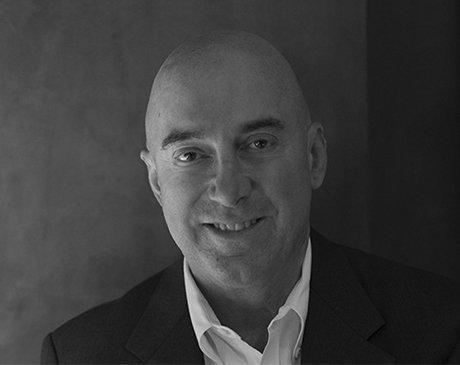Contents
What is Breast Augmentation?
Breast augmentation is sometimes called breast enhancement, breast enlargement, augmentation mammoplasty, or breast implant surgery. This plastic surgery procedure aims to enhance the size, shape, symmetry, and proportion of the breasts with the use of implants. Additionally, breast augmentation can sometimes be performed using fat transfer techniques, called natural breast augmentation.
Breast augmentation is a very customizable and effective way to enhance your figure, improve the fit of your clothes, and achieve the cleavage you’ve been wanting.
Breast Augmentation Candidates
The best candidates for breast enhancement surgery are those looking for fuller, rounder breasts and are healthy enough to undergo surgery. It’s important that your breasts aren’t subject to change because of things like puberty or breastfeeding, since this can affect your results. Many patients benefit from a breast lift at the same time as breast augmentation, and Dr. Diktaban can determine your best options. During a breast augmentation consultation with Dr. Diktaban, you’ll discuss your health history and expectations for breast augmentation.
What Happens During Breast Augmentation Surgery?
Breast augmentation is performed under general anesthesia and is typically an outpatient procedure, so patients will need to arrange a ride home after their surgery. There are many options in terms of the type of implant or incision technique that patients can determine during their consultation with Dr. Diktaban.
Implant Type
If you opt for implants, you’ll have some factors to discuss about the implant type and size. The traditional choices for implant type are saline or silicone, and Dr. Diktaban can help determine the right kind for you. There are pros and cons of each type—for example, saline implants can be placed with a smaller incision while silicone implants are less prone to visible rippling. Conversely, silicone implants can offer a more natural feel while saline implants come with a lower price.
Choosing between implant types depends on factors such as Dr. Diktaban’s recommendation, your age and health, and your personal preference. In addition to choosing your implant type, you will choose the proper implant size. This depends primarily on your body type as well as your desired appearance. The goal in choosing an implant size is to create a larger breast that is still proportionate with your body while meeting your aesthetic goals.
Silicone Implants
Silicone implants are filled with a silicone gel which tends to feel more like natural breast tissue compared to other breast implants. In case of rupture, the silicone remains within the outer shell or the breast scar tissue capsule. While this does not cause the implant to collapse, the silicone must then be removed through surgery. Silicone breast implants are approved for patients who are at least 22 years old. Firmer silicone gel implants known as “gummy bear implants” are also available.
Saline Implants
Saline breast implants are composed of an outer silicone shell filled with sterile salt water. These implants are approved for patients who are 18 and older, and in case of rupture the saline is safely absorbed by the body. Saline implants are generally less expensive, but also tend to be slightly less natural-looking or feeling compared to silicone implants. Some saline implants are pre-filled, while others are filled with the saline solution after the shell is placed during your surgery.
Incision Pattern and Placement
There are generally three types of incisions that can be used to place implants. Each has its benefits, and one may be a better option based on your unique breast size, shape, and position. As with any surgery, you can count on some incision that is necessary to make the pocket and allow insertion of a breast implant. Dr. Diktaban can ensure you that the incision will be placed in the optimal location for healing and reduced visibility.
Periareolar Incision
Some breast augmentation patients are good candidates for an incision around the areola for inserting breast implants. This incision is used when a patient does not have a well-defined breast crease or when a patient is prone to scarring. In this technique, Dr. Diktaban makes an incision around the lower half of each areola, through which he can insert a breast implant, while concealing any scar in the natural delineation between the breast skin and darker areola.
Inframammary Incision
The most common incision technique in the US is beneath the breast fold, in the inframammary crease. This incision provides Dr. Diktaban the most direct access to the breast pocket where the implant will be placed. Candidates for the inframammary incision should have well-defined breast folds and have a history of favorable scarring. The scar from an inframammary incision is easily concealable in underwear and swimwear.
Transaxillary Incision
A less well-known approach to breast augmentation with implants is with an incision located in the underarm, so there will be no scarring on the breast or torso. This is the incision used in Dr. Diktaban’s “scarless” breast surgery, although not everyone is a good candidate for this technique.
Types of Breast Implant Placement
Breast implants are placed in two different locations in the chest area. They are either placed submuscular or subglandular.
The submuscular breast implant placement is beneath the pectoralis major muscle. This is a place near the ribs where the pectoralis muscle detaches and that’s where the implants are placed. With this method, the muscle only covers the top of the implant. Breast tissue covers the bottom half. Some of the benefits of this placement is that it can create a smoother shape, it allows for mammograms to be more accurate, and the risk for capsular contracture is much less likely.
The subglandular breast implant placement is under the mammary ducts and over the top of the pectoralis major muscle. The benefits of this placement are that recovery is often more comfortable and the swelling fades quicker. Additionally, for women with more breast tissue, the end results tend to look more natural.
“Scarless” Breast Augmentation in New York City
Dr. Diktaban is one of the leading plastic surgeons in the Upper East Side area to offer “scarless” breast augmentation, a specialized method developed in the ’90s associated with many different endoscopic techniques that entered the plastic surgery field at that time and are still successful.
During a scarless breast augmentation, a small incision is made within the armpit (where most women shave or laser remove axillary hair). The implants are inserted into the shaped pocket using a no-touch technique with the Keller Funnel. This option comes with the benefits of virtually NO visible scarring around or on the breasts.
The amount of discomfort is exactly the same as with breast incisions that are placed on the breast. The scarless breast approach can also be combined with other plastic surgery procedures like a breast lift or mastopexy operation. During your consultation, Dr. Diktaban can determine if the “scarless” technique is right for you.
Implant Placement
Once your chosen incision is made, a pocket is created for the implant within the breast tissue. Implants can be placed either on top of the chest muscle or underneath it. Placing the implant on top of the muscle can result in greater projection but more visible rippling. On the other hand, placing the implants below the muscle can create a more natural look and feel but require a more extensive recovery.
Natural Breast Augmentation
If you opt for fat transfer breast augmentation, then you can count on a less-invasive procedure. It begins with liposuction on an area of your body where you have some excess fat. Once the fat tissue is removed, it’s processed and injected into the breasts to create more volume and projection.
Preparing for Breast Augmentation Surgery
The breast augmentation Manhattan is performed under general anesthesia, which can carry risks and side effects that can be mitigated by careful preparation and following Dr. Diktaban’s instructions. Restrictions and lifestyle changes usually involve avoiding alcohol, tobacco, and blood thinner medications for a prescribed period leading up to your scheduled surgery.
The day before the procedure, the anesthesiologist that will be administering the anesthesia for your procedure will call you with last-minute instructions and ensure you’re following the doctor’s directions. You will likely need to avoid eating anything after midnight the day before the procedure.
Preparation also involves creating a recovery game plan, not only scheduling time off work and arranging for caregivers to help you recover, but also creating a space in which to rest comfortably. This includes wearing loose, comfortable clothes and gathering reading or entertainment materials to have on hand.
Breast Augmentation Procedure
On your surgery date, you’ll arrive at our beautiful and fully accredited operating suite with your caregiver. After checking in and being prepped for surgery, you’ll be placed under anesthesia while Dr. Diktaban performs your agreed-upon procedure. Depending on the incision type and specific surgical plan, breast augmentation can take between one and two hours, after which you will be taken to a recovery room and be looked after until you wake up. Once you’re stable, we will send you home with your caregiver and detailed instructions for recovery, including restrictions on activity and how to help the implants settle into place in the most natural way.
Breast Augmentation Recovery and Results
Recovery from breast implants NYC can take several weeks. Recovery for natural breast augmentation with fat transfer can take less time, but you should still avoid heavy activity in both cases. You’ll be fitted with a special supportive surgical bra to wear during your recovery and will receive instructions to follow for medications and caring for your incisions. Some soreness is expected during the recovery period, but Dr. Diktaban can prescribe medication so you feel comfortable as you heal. Typically, patients take a week to two weeks after the surgery to rest and recover before they return to work or school. It can take a few months before swelling fully dissipates and your final results settle in, but the result is fuller, more prominent breasts.
Schedule a Consultation
Breast augmentation is an amazing way to refine your figure and boost your confidence. Dr. Diktaban is a premier provider of breast augmentation NYC, with over 35 years of experience and having performed hundreds of plastic surgery procedures. His commitment to excellence, safety, and natural-looking results has earned him rave reviews and To learn more about your options for breast enhancement, contact our state-of-the-art New York plastic surgery office by calling or filling out our online form.

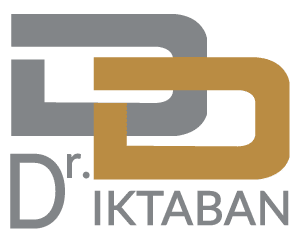
)
)

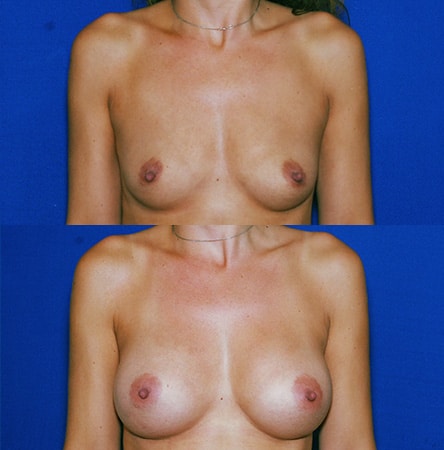
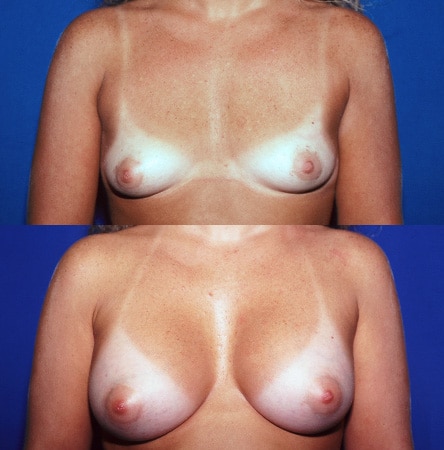
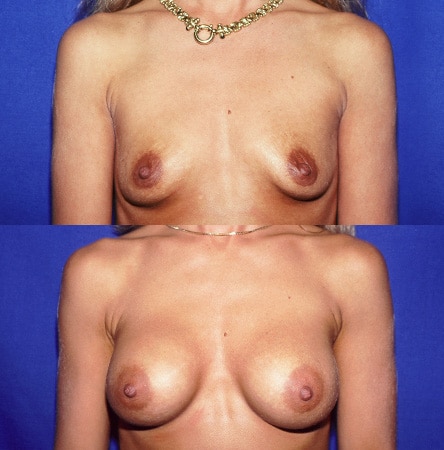
)
)
